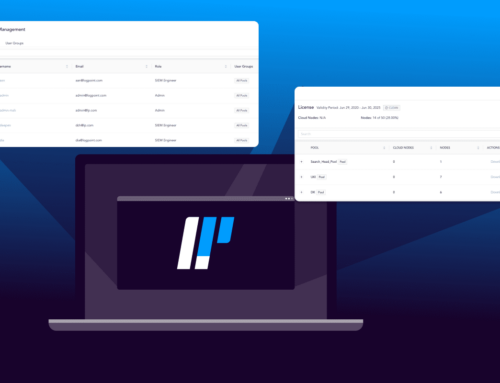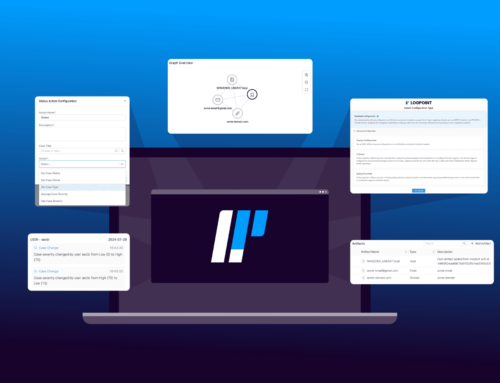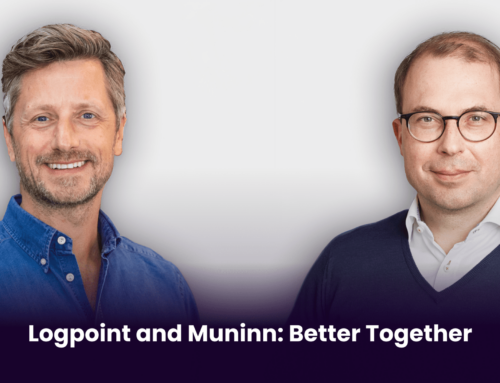Large databases housing valuable information are an appealing target for threat actors. After all, it’s in their interests to find as much leverage as possible to obtain a greater ‘reward’ for their activities.
Governmental databases in particular can be lucrative and enticing, with the vast reserves of sensitive information there to be harvested. Upon breaching a government’s cybersecurity defenses, hackers may gain access to data including a country’s population, policies, diplomacy, economy, defense strategies, and crime rates, to name just a few.
With this in mind, you’ll see why government cybersecurity is essential for the protection of a nation’s critical infrastructure and the people who live there.
The current landscape of government cybersecurity risks
We must look more closely at government cybersecurity. On a global scale, government departments are targeted several times a month and we can only expect this incidence rate to grow as the result of four key factors:
Developments in technology are producing vulnerabilities
As technology advances, cyber-system components are evolving into digitized versions, no longer confined to hardware. This means that the infrastructure of a system has many more parts that run on internet access, creating a greater attack surface for would-be adversaries.
The rate that this digital transformation is taking place results in potential vulnerabilities arising and slipping under the radar. This creates an ‘in’ for threat hackers as they can exploit such weak spots.
Economic and international trends
As political tensions rise around the world, so too does cybercrime. This is, in part, due to the muddiness surrounding traceability and culpability. It can be difficult to decipher who’s behind a malicious operation, and so nation-states may endorse hacking groups to carry out destabilizing attacks without worrying about repercussions.
Hackers also realize the heavy leverage that malware operations generate, and that organizations are more likely to pay ransom for their sensitive information.
Defensive efforts have been ineffective to date
Despite the realization that collective efforts are required to tackle the issue of cybersecurity, there’s never been an effective approach. Attempts have been made to set up a collaborative framework, but we’re yet to see a successful execution.
Added risk exists within government working practices
Remote and hybrid working practices have made government teams and contractors more vulnerable.
The cyberinfrastructure now has many more attack surfaces. And, as a result, it becomes more difficult to monitor staff activity and ensure that government protocols are being adhered to.
This places cybersecurity for government contractors in the spotlight. Clearly, there’s a need for authentication practices that limit access to relevant information for certain individuals, based on their level of privilege.
A huge number of cybersecurity breaches result from human error — as much as 82% according to Verizon. An organization can have a plethora of measures in place to limit risk, but all it takes is a momentary lapse in judgment from a staff member and a phishing email is opened granting access to threat actors
Compounding the above risk factors, third-party access is also required for an array of governmental organizations. These contractors, suppliers, or partners may be accessing government platforms and databases from a separate workplace or, indeed, themselves working remotely on unsecured networks. Either way, the volume of access permissions needed is on such a scale that government IT workers simply can’t assess each request as it comes in.
Government cybersecurity best practices moving forward
One-time codes (OTC) and risk-based authentication (RBA) are potential solutions for hybrid government teams working with third-party organizations. On top of these specific cybersecurity protocols, government cybersecurity posture can be strengthened via the following best practices.
- Stakeholder collaboration – If effective defense measures are to be achieved, then all stakeholders have to participate equally in shouldering the responsibility of cybersecurity. A stand-alone approach is far easier for threat actors to exploit.
- Choose Cloud-based security – Global cloud networks provide security resilience that’s beyond traditional means. Cloud security systems feature data back-ups that provide a safety anchor in case of malware or ransomware attacks, for instance.
- Consider a zero-trust approach – The use of a zero-trust framework helps to minimize risk and isolate breaches if they occur. A zero-trust model places authentication at every step of every operation, device, and system and no one is granted access until their identity has been verified.
We continue to live in a volatile global environment, and there’s a pressing need for tighter government cybersecurity to safeguard critical infrastructure.
Logpoint offers a range of cybersecurity solutions to safeguard critical infrastructure. These solutions deliver threat detection and response capabilities that far exceed off-the-shelf software — and that’s essential when it’s societal-critical data we’re talking about protecting. Learn more about Logpoint’s cybersecurity for critical infrastructure here, or keep reading about critical infrastructure protection on the Logpoint blog.






